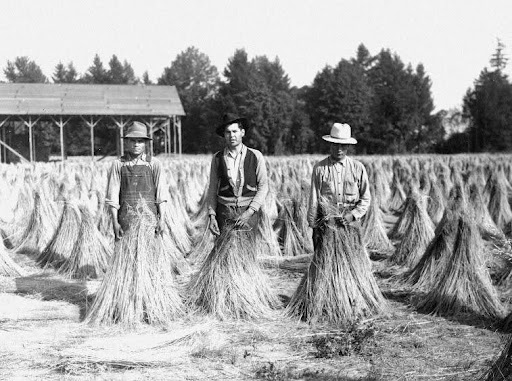In a world where environmental awareness is guiding the choices of consumers and manufacturers worldwide, it is imperative to question the origin and impact of the products we use every day. Among them, linen yarn, a noble and age-old material, stands out as a symbol of durability and excellence. However, not all linen yarns are created equal. The difference between a yarn produced outside Europe and european linen yarn, notably by a company like Safilin, lies not only in their quality but also in their environmental footprint.
Flax growing : a European treasure
Flax is an intrinsically European plant. France, Belgium and the Netherlands produce more than 80% of the world’s flax. This unique terroir gives flax its exceptional properties, while at the same time adopting an eco-responsible approach thanks to farming techniques that reduce the use of chemical inputs. Unlike production in other parts of the world, which is often associated with intensive farming practices and polluting transport, European flax is a model of sustainable cultivation.
The journey of the yarn : energy-intensive logistics
When yarn is produced outside Europe, the distance travelled between the flax fields, often located in Europe, and the processing plants located abroad generates a considerable carbon footprint. Although transport by sea or air is necessary, it is still a major emitter of CO₂. In contrast, european flax yarn processed in Poland or France, in European factories such as Safilin’s, benefits from short circuits. This proximity drastically reduces transport-related emissions and encourages more environmentally-friendly production.
European mastery of processing
Europe, with its network of local players and age-old expertise, remains the cradle of flax processing. Companies like Safilin, recognised as flax spinning mills and bearing the ‘Master of Linen’ label, guarantee exemplary traceability and quality.
Unlike production outside Europe, which is often criticised for its less rigorous environmental standards, the European process promotes responsible practices : energy optimisation, recycling of production water and limiting waste.

A low-impact environmental footprint for european linen yarn
Producing European flax yarn in France or Poland means a significant reduction in environmental impact. This difference can be explained by :
- The predominant use of renewable energy in Europe.
- Strict environmental standards imposed on European manufacturers.
- Better management of resources, particularly in the area of flax fibre processing.
European sovereignty : a civilisational imperative
Beyond the environmental impact, choosing European flax yarn is an act of sovereignty. The flax industry embodies a civilisational substratum: it unites local know-how, preserves a unique cultural heritage and guarantees economic independence from the world’s major powers. By supporting European production, we are promoting a sector that enriches our regions and strengthens our ability to control our resources.
The economic and social impact of short distribution channels
Choosing European production also helps to maintain a solid economic and social fabric at local level. Thousands of people, from farmers to skilled workers to logisticians, contribute to the value chain. This integrated economic model supports not only jobs but also rural communities, which play an essential role in preserving our landscapes and biodiversity.
A future to preserve
Preserving the European flax industry is a priority to ensure a sustainable future. By promoting European spinning and responsible practices, we are affirming that Europe can continue to produce noble fibres while respecting the planet. Flax belongs to Europe, and this wealth must be protected for future generations.
So choosing European linen yarn is much more than a technical or aesthetic choice : it’s a commitment to quality, sustainability and sovereignty. The European linen industry, supported by companies like Safilin, embodies a vision of the future where excellence and responsibility go hand in hand. By making this choice, consumers become players in a circular and ethical economy, where the beauty of materials goes hand in hand with respect for natural resources.
